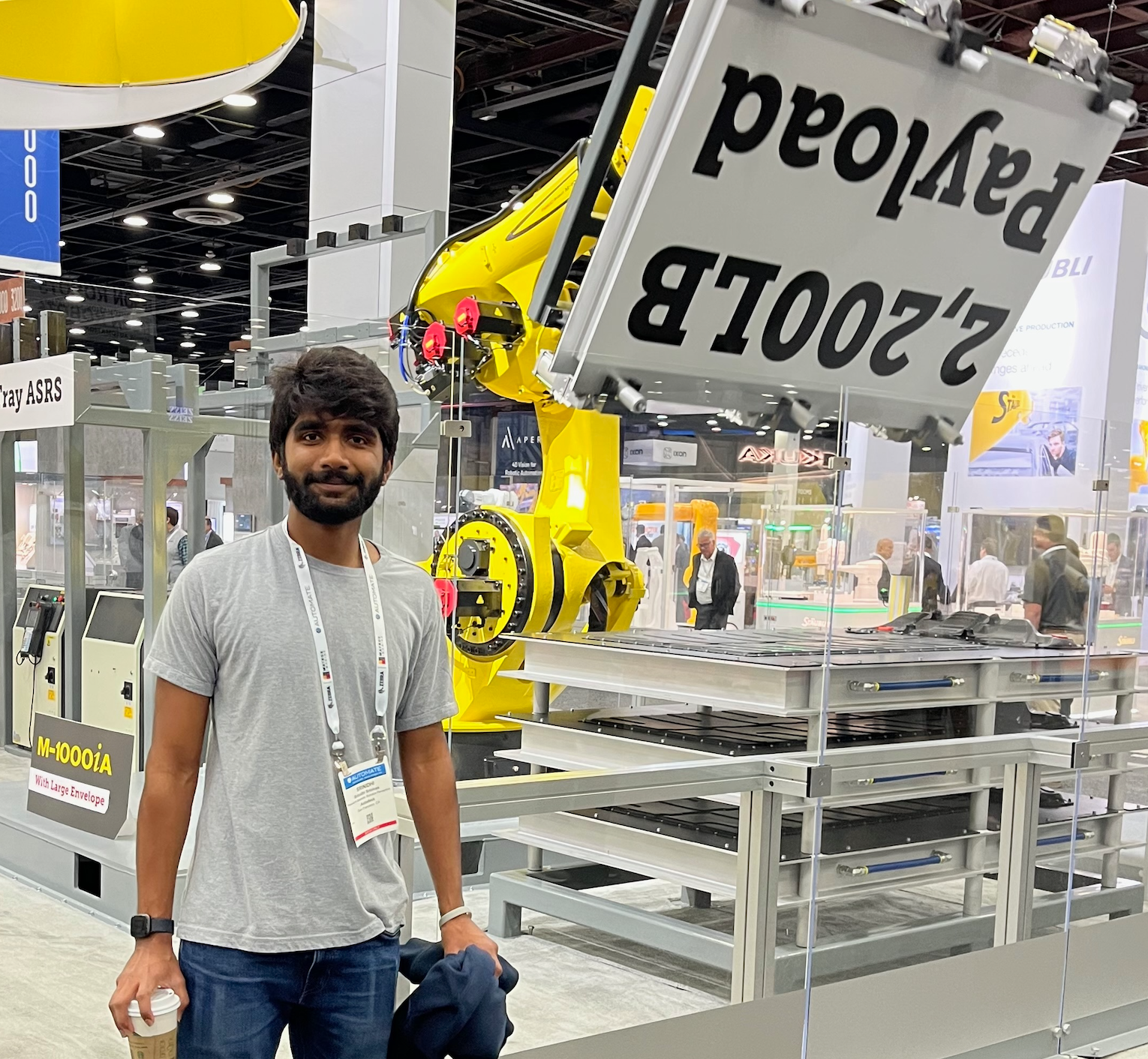Steady State Visually Evoked Potential Based Brain Computer Interface for Game Control
Published in 2018 International Conference on Electrical, Electronics, Communication, Computer, and Optimization Techniques (ICEECCOT), 2018
Recommended citation: G. B. Swati, S. Sushmitha, S. B. K.S. and K. B. Niranjana, "Steady State Visually Evoked Potential Based Brain Computer Interface for Game Control," 2018 International Conference on Electrical, Electronics, Communication, Computer, and Optimization Techniques (ICEECCOT), 2018, pp. 422-426, doi: 10.1109/ICEECCOT43722.2018.9001590.; Journal 1. 1(1).
This paper presents an electroencephalogram (EEG) based brain computer interface (BCI) design as a control mechanism for the Open Vibe Space shooter game. BCI using Steady State Visual Evoked Potential (SSVEP) is designed. The SSVEP is generated in response to a flickering visual stimulus. The setup uses different flickering frequencies which are displayed on a Liquid Crystal Display (LCD) monitor to elicit SSVEP responses. The EEG signals are recorded over the visual cortex of the brain. These signals are pre-processed to remove undesired information. To extract features, the power information contained in the corresponding frequency bands are calculated. The feature set is fed as an input to the classifier to identify the target class. This study tried to compare the performance of different classification algorithms in terms of accuracy, information transfer rate and the response time. Based on the outcome, support vector machine classifier with radial basis function recorded the best average accuracy of 90%.
Recommended citation: G. B. Swati, S. Sushmitha, S. B. K.S. and K. B. Niranjana, “Steady State Visually Evoked Potential Based Brain Computer Interface for Game Control,” 2018 International Conference on Electrical, Electronics, Communication, Computer, and Optimization Techniques (ICEECCOT), 2018, pp. 422-426, doi: 10.1109/ICEECCOT43722.2018.9001590 Journal 1. 1(1).
